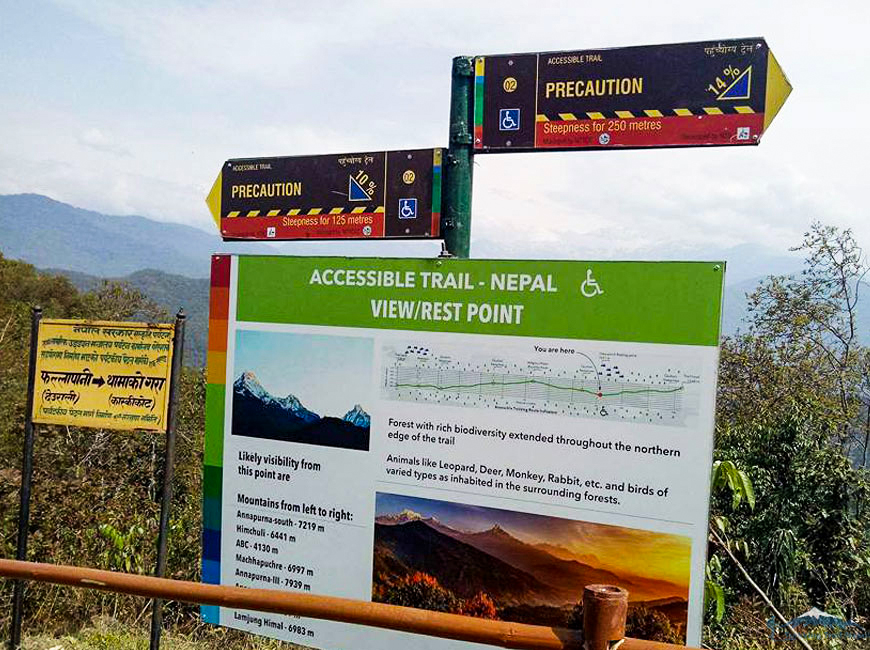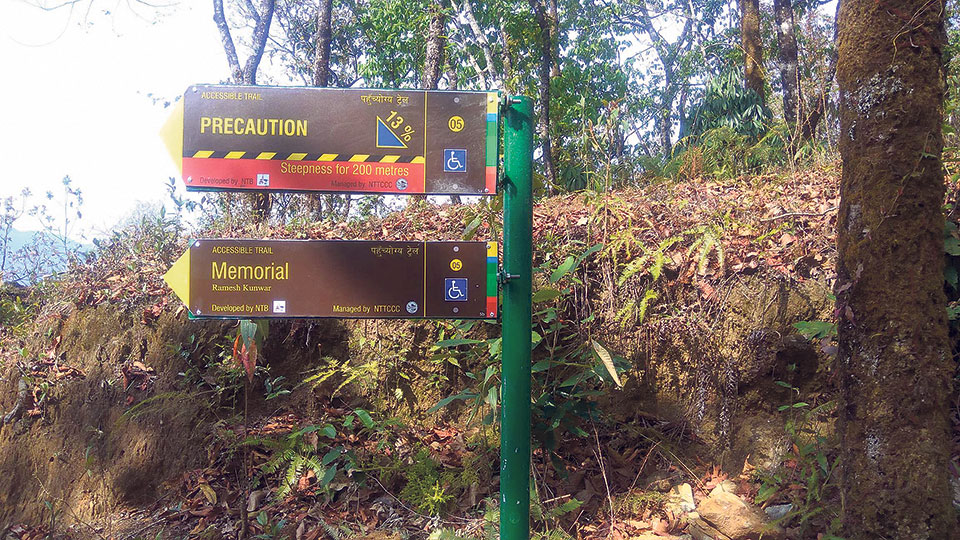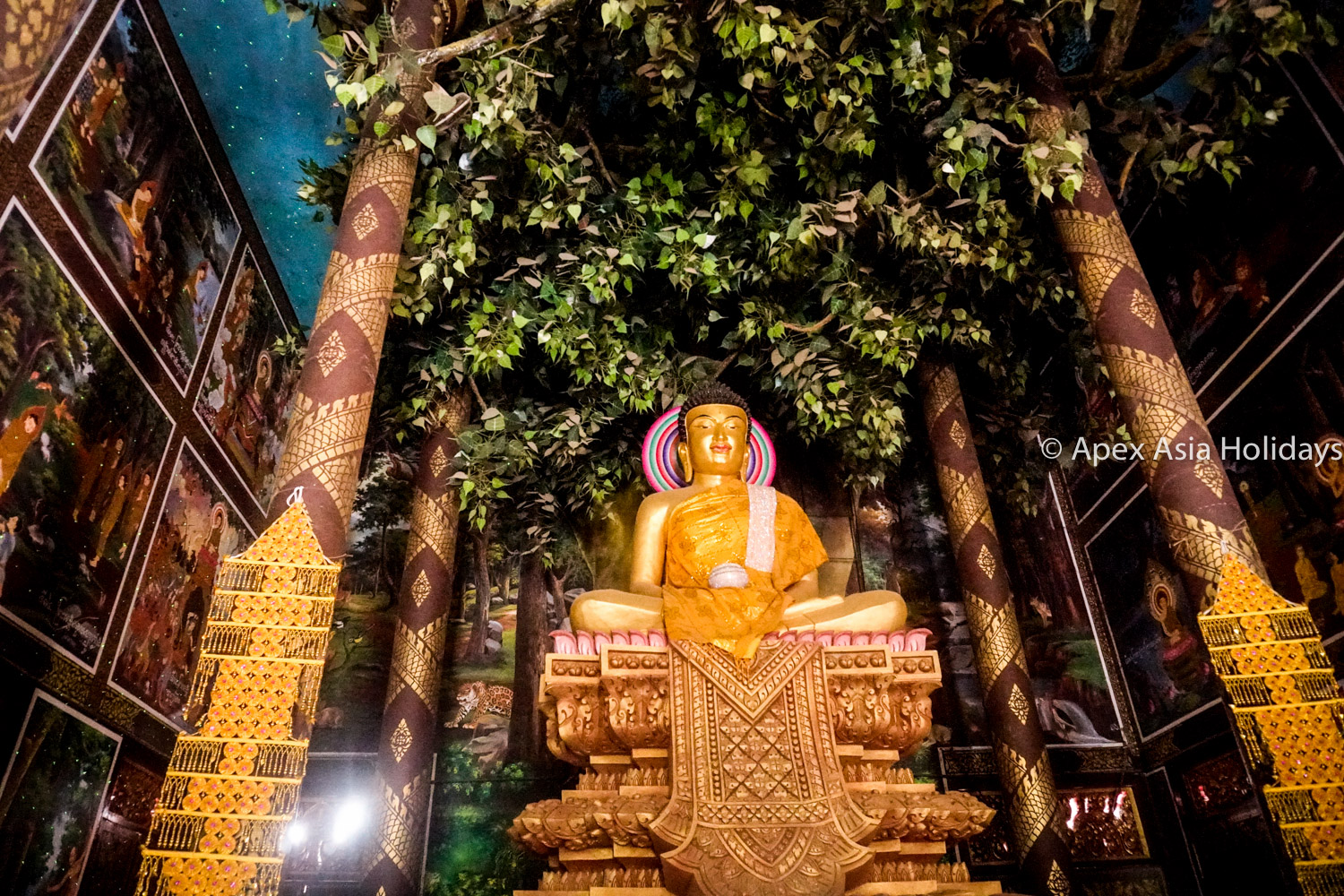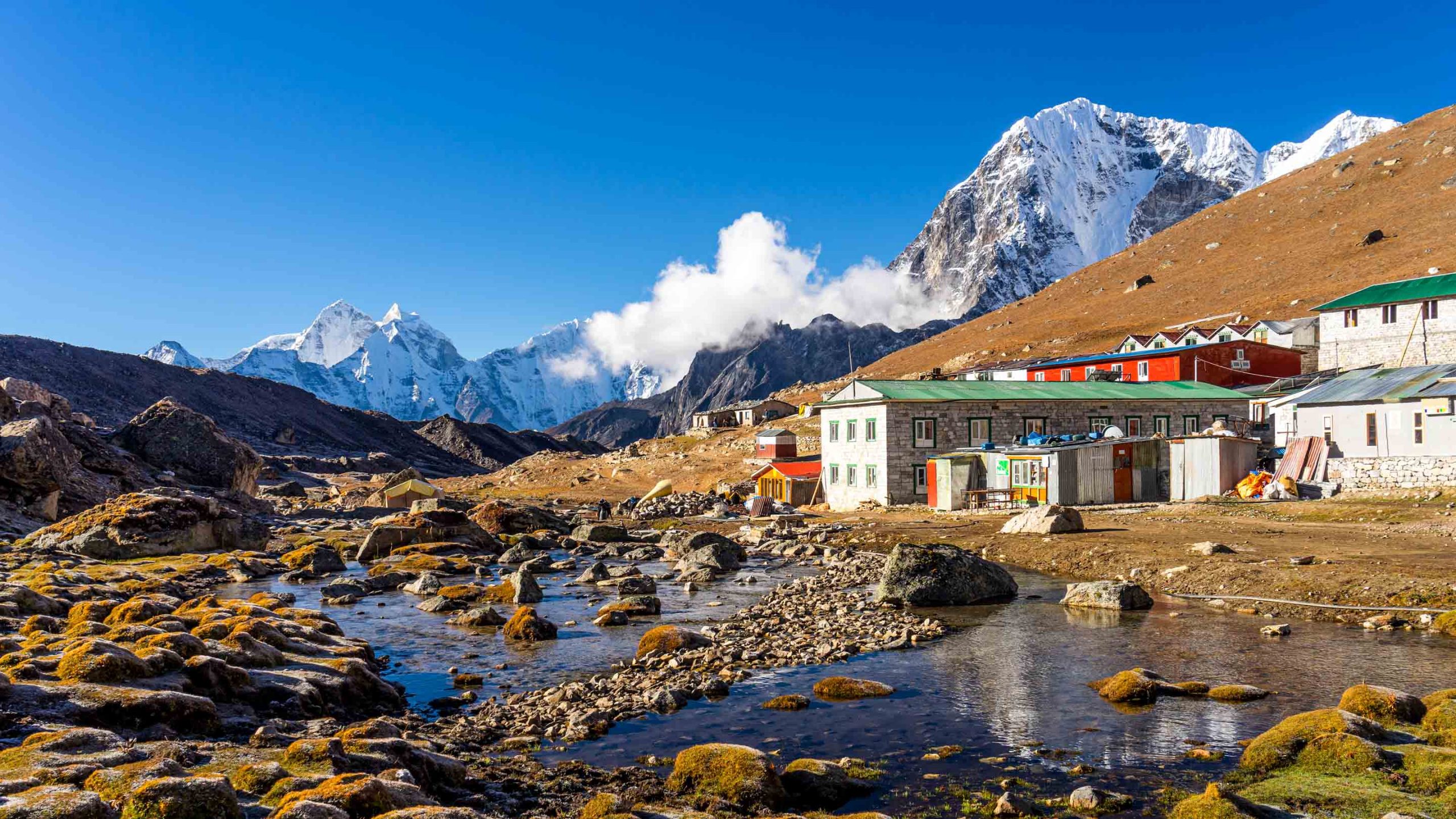What exactly is Accessible Tourism, and why is it important?
The feature of the tourism industry is the immovability of the product. It requires physical presentation to receive service for any customer. Accessibility is the possibility to receive tourism service. Different attractions motivate tourists but, they must be affordable and possible for all. Accessibility is that to be the possibility to visit, to feel, to see, to realize or understand, and to experience.
Since the World Tourism Organization assigned World Tourism Day to Tourism for All in 2016, many talks about “accessible travel. Accessible tourism is a tourism that supports and encourages especially disabled people who are outside mainstream tourism. It pushes up all people to participate in and enjoy tourism experiences.
Yes, it is essential because a billion people live with different abilities, and ensuring equal access to travel is simply the right thing to do. Article 30 of the United Nations calls to ensure that people with disabilities enjoy the benefits of tourism.
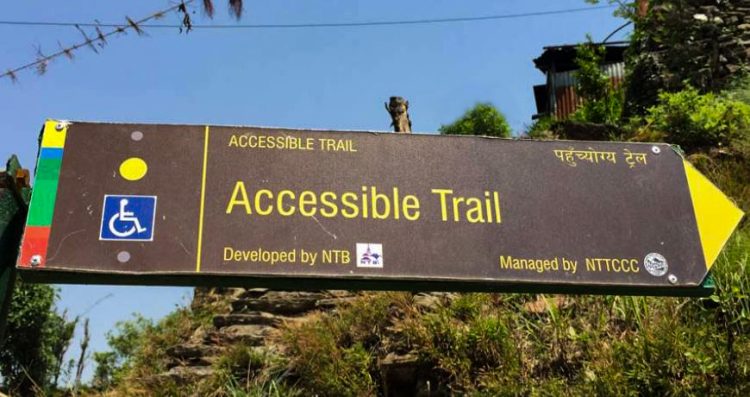
More people need access whether or not related to a physical condition. Older and less nomadic people have access needs, which become obstacles when traveling. Therefore, accessible tourism is an endless effort to ensure touristic destinations and services are accessible to all people, nonetheless of their physical limitations, disabilities, ages.
Accessible Trail in Nepal
Accessible Trail is for differently-abled and elderly citizens with different needs in 2018. It is in the Kaski District, 12km from Pokhara, and has a maximum elevation of 1,568 meters. Sarankot is a nearby landmark for sunrise views and paragliding and can effortlessly go by road. It offers a magnificent view of Machhapurchhre, Annapurna, and Dhaulagiri Himalayas.
Here is the link to a travel package.
